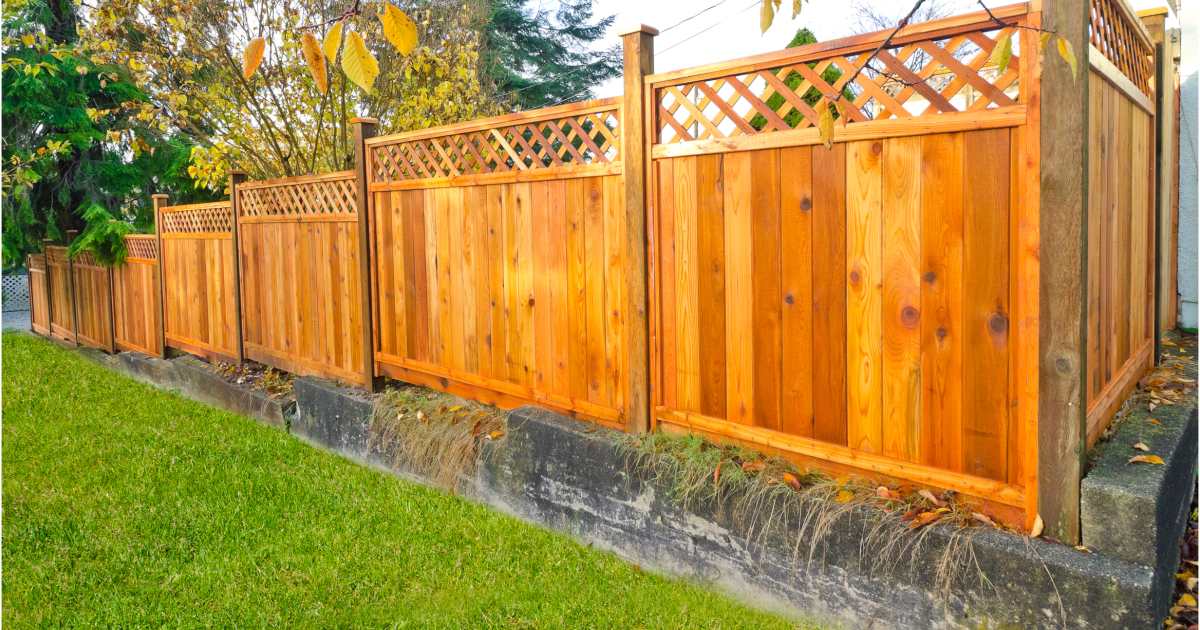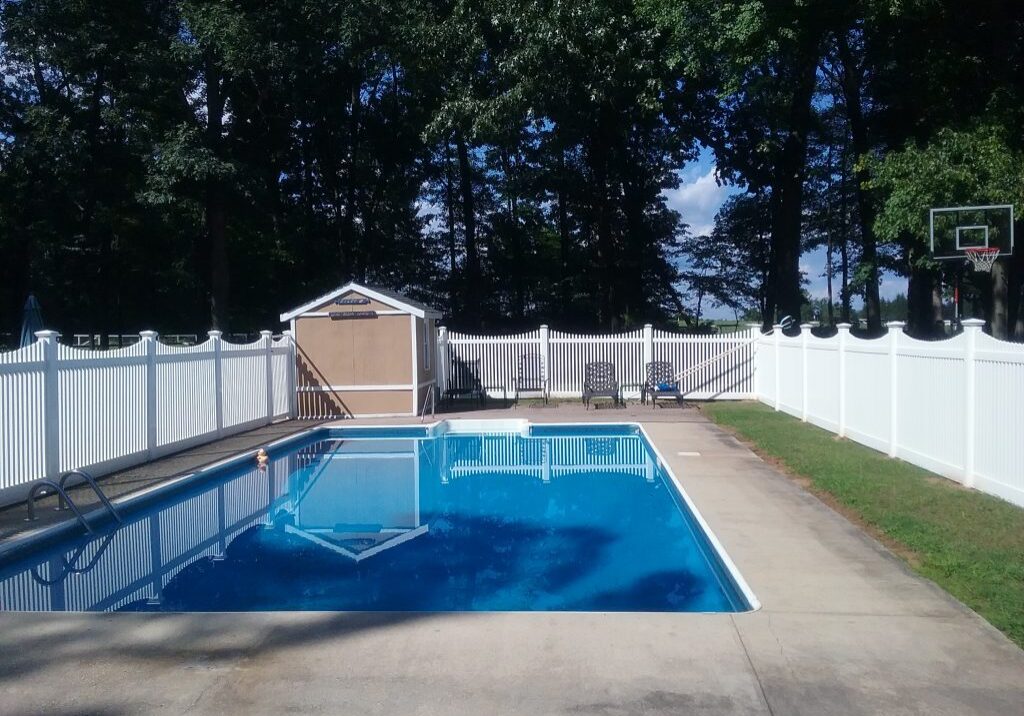All Categories
Featured
Installing a brand-new fencing is an interesting task that can enhance your home's security, curb, and personal privacy charm. While the installation process might appear straightforward, the time it takes can vary based on a number of factors. Typically, fencing installment takes anywhere from 1 to 5 days, but this can prolong depending on the dimension, complexity, and materials entailed.
Ordinary Setup Timelines by Fence Kind. Timber Fences:. Wooden fences are popular for their all-natural appeal, however their installment can take longer. A common wood fence setup covers 2-- 4 days as a result of actions like reducing, assembling, and applying safety coatings such as repaint or stain.
![]()
Plastic Fences:. Plastic fencing is frequently quicker to mount due to the fact that it is available in pre-assembled panels. Many jobs can be finished in 1-- 3 days, depending on the fence's length.
Chain-Link Fences:. Chain-link fences are uncomplicated and can commonly be set up in 1-- 2 days, making them among the fastest choices.
Metal or Wrought Iron Fencings:. These fencings can take 3-- 5 days or longer because of their weight and the precision needed for proper alignment and securing.
Compound Fences:. Composite products are durable and designed for efficiency, with installation timelines comparable to plastic fences at 1-- 3 days.
Key Factors That Effect Setup Timelines.
![]()
How to Prepare for a Faster Installment. Conduct a Site Analysis: Stroll your property to determine possible challenges, such as slopes, tree roots, or utility lines. Strategy for Permits: Begin the permit process as early as possible to prevent hold-ups. Select the Right Season: Pick a time when weather condition conditions are desirable for outdoor work. Interact with Specialists: Discuss your task timeline and any kind of certain worries before installment begins. Conclusion. While most fencing installations are finished in simply a few days, various aspects can influence the timeline, such as product kind, residential property size, and climate problems. By understanding these components and preparing your site beforehand, you can help ensure a smooth installment procedure. Partnering with seasoned experts will certainly also make a considerable distinction, ensuring your fencing is installed effectively and to the highest requirement.
Ordinary Setup Timelines by Fence Kind. Timber Fences:. Wooden fences are popular for their all-natural appeal, however their installment can take longer. A common wood fence setup covers 2-- 4 days as a result of actions like reducing, assembling, and applying safety coatings such as repaint or stain.

Plastic Fences:. Plastic fencing is frequently quicker to mount due to the fact that it is available in pre-assembled panels. Many jobs can be finished in 1-- 3 days, depending on the fence's length.
Chain-Link Fences:. Chain-link fences are uncomplicated and can commonly be set up in 1-- 2 days, making them among the fastest choices.
Metal or Wrought Iron Fencings:. These fencings can take 3-- 5 days or longer because of their weight and the precision needed for proper alignment and securing.
Compound Fences:. Composite products are durable and designed for efficiency, with installation timelines comparable to plastic fences at 1-- 3 days.
Key Factors That Effect Setup Timelines.
- Job Dimension and Fencing Length. The overall size of the project is a key factor. Bigger homes or longer fences call for even more time to complete, as additional messages, panels, and labor are included.
- Site Prep work. Before installment can begin, the website must prepare. Clearing up particles, leveling uneven surface, and dealing with underground energies can add hours or days to the procedure.
- Dirt Problems. Soft dirt permits faster digging of article holes, while rocky or clay-filled soil can decrease progress. Service providers may require specialized equipment in these instances.
- Permits and HOA Approvals. Regulatory requirements can delay the beginning of setup. Ensure all needed permits and authorizations from your neighborhood government or HOA are safeguarded beforehand.
- Weather and Seasonal Aspects. Rain, snow, or severe warm can interfere with setup timetables. Icy ground in winter is more challenging to dig, potentially lengthening the process.
- Design Complexity. Customized fencings with intricate styles, curves, or attractive components call for additional time for specific dimensions and installation.

- Team Dimension and Effectiveness. A larger group of seasoned installers can finish jobs quicker than a small or much less knowledgeable team.
How to Prepare for a Faster Installment. Conduct a Site Analysis: Stroll your property to determine possible challenges, such as slopes, tree roots, or utility lines. Strategy for Permits: Begin the permit process as early as possible to prevent hold-ups. Select the Right Season: Pick a time when weather condition conditions are desirable for outdoor work. Interact with Specialists: Discuss your task timeline and any kind of certain worries before installment begins. Conclusion. While most fencing installations are finished in simply a few days, various aspects can influence the timeline, such as product kind, residential property size, and climate problems. By understanding these components and preparing your site beforehand, you can help ensure a smooth installment procedure. Partnering with seasoned experts will certainly also make a considerable distinction, ensuring your fencing is installed effectively and to the highest requirement.
Latest Posts
Uncover the Top Auto Repair Deals in Montclare, Chicago
Published en
1 min read
Discover Brake Repair & More: Comprehensive Auto Care Solutions from Montclare Auto Repair
Published en
1 min read
Explore Your Financial Partner at WyHy – Top Benefits for Your Financial Goals
Published en
1 min read
More
Latest Posts
Uncover the Top Auto Repair Deals in Montclare, Chicago
Published May 25, 25
1 min read
Discover Brake Repair & More: Comprehensive Auto Care Solutions from Montclare Auto Repair
Published May 25, 25
1 min read
Explore Your Financial Partner at WyHy – Top Benefits for Your Financial Goals
Published May 23, 25
1 min read